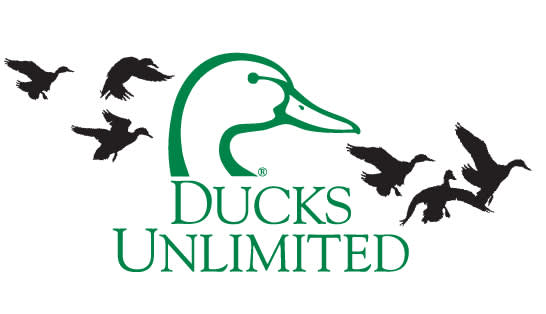Ducks Unlimited Welcomes EPA, Army Corps Draft Rule on “Waters of the United States”
Ducks Unlimited 03.25.14

The Environmental Protection Agency (EPA) and U.S. Army Corps of Engineers today released the 371-page draft rule to clarify the “Waters of the United States” definition. This rule will clarify the extent to which the Clean Water Act protections can be restored to many wetlands vital to maintaining waterfowl populations.
“The release of the draft rule gets us one step closer to better defining Clean Water Act regulations in regard to wetlands,” said Ducks Unlimited CEO Dale Hall. “We are also pleased with the open process EPA has adopted, which invites the public, Congress and all interested parties to participate in the discussion. EPA’s draft science report last year showed many categories of wetlands, including prairie potholes, may be geographically isolated but are still connected to, and have a significant impact on, downstream waters.”
The nation lost approximately 550,000 acres of the wetlands most important to waterfowl and other fish and wildlife each year from the mid-1950s to mid-1970s. Enacted in 1972, the Clean Water Act played a significant role in slowing the rate of wetland loss to about 80,000 acres per year by 1998. However, U.S. Supreme Court cases in 2001 and 2006 resulted in the withdrawal of Clean Water Act protections from more than 20 million acres of vital wetlands. As a result, the first national assessment of wetland trends since the 2001 Supreme Court case documented a 140 percent increase in the rate of wetland loss during the 2004-2009 period. This was the first documented acceleration of wetland loss since the Clean Water Act was enacted more than 40 years ago. This wetland loss is eroding the capability of the breeding grounds to produce ducks, as well as the ability of other areas to support migrating and wintering populations.
“We are in the process of reviewing the 371-page rule, and look forward to working with the agencies, our partners, the scientific community and others to understand how the rule could affect wetlands, water users, landowners and communities,” said DU Director of Conservation Planning and Policy Dr. Scott Yaich. “We will be looking carefully at how wetland categories, such as prairie potholes, are treated in the draft rules. The science clearly shows their importance to downstream waters and water users and, in the interest of our mission, members and partners. We want to help ensure the final rule accurately reflects the scientific consensus.”
Last year, the EPA released a 331-page draft report on the “Connectivity of Streams and Wetlands to Downstream Waters: A Review of the Scientific Evidence,” which compiled very strong evidence of the linkages between tributaries, their nearby wetlands and floodplain wetlands with larger downstream waters. For example, water in wetlands is often connected to groundwater, and thereby helps recharge the aquifers that discharge into streams and rivers, providing critical drinking and irrigation water.

